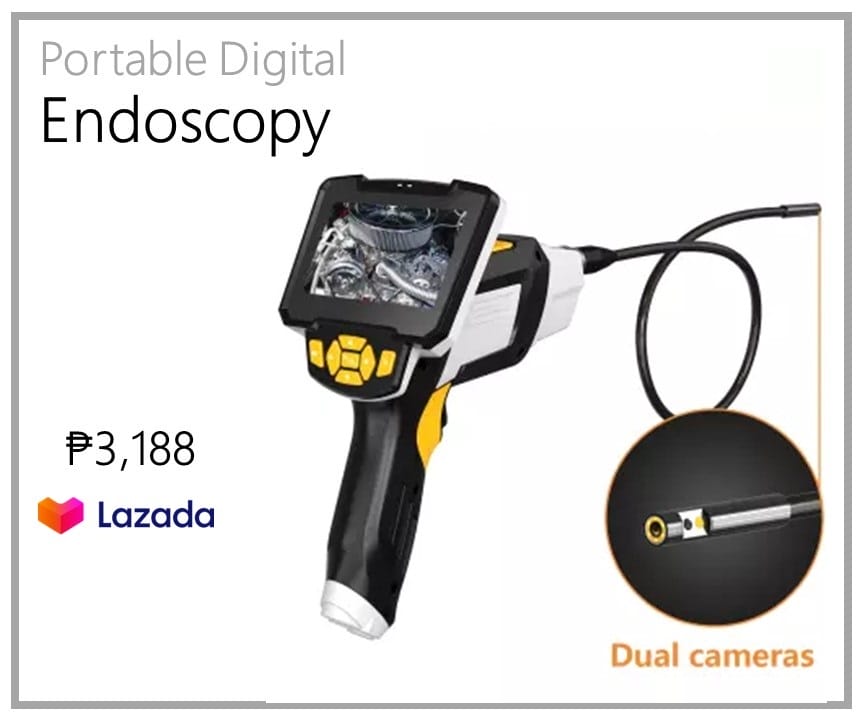Table of Contents
Appendicitis is an emergency condition that occurs when the appendix, a small pouch attached to the large intestine, becomes inflamed. It is important for Filipinos to understand the appendicitis symptoms, what causes it, and the available treatments in the Philippines.
Appendicitis is a medical condition that occurs when the appendix becomes inflamed and causes pain in the lower right abdomen. It is a serious condition that can lead to death if not treated immediately. Filipinos are at risk for appendicitis because of their diet and lifestyle. There are several symptoms of appendicitis, including pain in the lower right abdomen, loss of appetite, nausea, and vomiting. If you experience any of these symptoms, it is important to see a Filipino doctor immediately.
The appendix is a small, tube-like organ that is connected to the large intestine. Appendicitis occurs when the appendix becomes blocked. This can happen when there is a build-up of stool, mucus, or other debris in the appendix. The blockage can also occur if an infection or tumor grows in the appendix. Appendixes can also rupture, which can cause life-threatening infections.

What are the Common Appendicitis Symptoms?
Acute appendicitis is one of the most common abdominal emergencies. It is a condition characterized by inflammation of the appendix, a small, finger-like structure attached to the large intestine. Here are the 10 most common symptoms that Filipino may experience when they have appendicitis.
1. A sudden lower abdominal pain that starts on the right side
The classic symptom of appendicitis is a sudden onset of severe pain in the lower right abdomen. This pain typically starts around the navel and then moves to the right lower abdomen, where it becomes sharp and severe. Other symptoms may include nausea, vomiting, loss of appetite, fever, and constipation or diarrhea. If left untreated, appendicitis can lead to the rupture of the appendix, which can be life-threatening.

2. Nausea or vomiting
There are several appendicitis symptoms that may occur, and nausea or vomiting is one of them. If you experience nausea or vomiting along with other symptoms like pain in the lower right abdomen, fever, or loss of appetite, it’s important to see a doctor in the Philippines right away. appendicitis is a serious condition that can require surgery, so it’s important to get medical help as soon as possible.

3. Bloody diarrhea
This symptom occurs when the appendix becomes inflamed and starts to bleed. The blood can mix with the stool, making it appear black or tarry. If you experience this symptom, it is important to seek medical attention immediately. Other appendicitis symptoms include abdominal pain, nausea, vomiting, and fever. If you experience any of these symptoms, it is important to see a Filipino doctor right away.
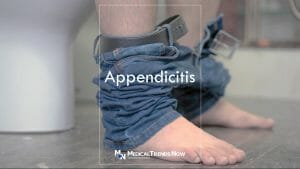
4. Loss of appetite
Loss of appetite can be accompanied by other symptoms such as nausea, vomiting, abdominal pain, and fever. If you experience any of these symptoms, it’s important to see a Filipino doctor immediately. While appendicitis is often treatable with surgery, it can lead to serious complications if not treated promptly.

5. Fever
A fever is usually one of the first signs that something is wrong. Other appendicitis symptoms include pain in the lower right abdomen, loss of appetite, nausea and vomiting, constipation or diarrhea, and abdominal bloating.

6. Chills
Although appendicitis can occur at any age, it is most common in young Filipinos between the ages of 10 and 30. If you experience chills along with other symptoms such as abdominal pain, nausea, or vomiting, it is important to see a Filipino doctor as soon as possible. Early diagnosis and treatment of appendicitis are crucial to prevent complications.

7. Flatulence
It is important to note that not all cases of appendicitis present with this symptom. In fact, many Filipinos with appendicitis do not experience any abdominal pain at all.

8. Constipation
Constipation occurs because the appendix is located in the lower right abdomen, near the large intestine. When the appendix becomes inflamed, it can cause the large intestine to become blocked. This can lead to constipation. Other appendicitis symptoms include pain in the lower right abdomen, fever, nausea, and vomiting. If you experience any of these symptoms, it is important to see a Filipino doctor immediately.

9. Dizziness or fainting spells
Dizziness and fainting spells are two of the most common appendicitis symptoms. However, they are often overlooked or dismissed as being unimportant. This is a serious mistake, as appendicitis can be a life-threatening condition. If you experience either of these symptoms, it is important to seek medical attention immediately.
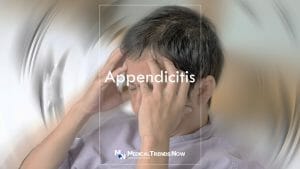
10. Abdominal bloating
This occurs when the appendix becomes inflamed and starts to fill with pus. The pressure from the growing inflamed appendix can cause the stomach to bloat. Other appendicitis symptoms can include pain in the lower right side of the abdomen, fever, nausea, and vomiting. If you experience any of these appendicitis symptoms, it’s important to see a Filipino doctor immediately, as untreated appendicitis can be life-threatening.

FAQS: Appendicitis Symptoms, Causes, Treatment, and Prevention
Here are some FAQs about appendicitis in the Philippines.
What Exactly Is Appendicitis?
Appendicitis is a condition in which the appendix becomes inflamed and irritated. The appendix is a small, pouch-like organ that is attached to the large intestine. When the appendix becomes inflamed, it can cause severe pain and discomfort. In some cases, the inflammation can lead to the rupture of the appendix, which can be life-threatening. If you experience any of these appendicitis symptoms, it’s important to see a Filipino doctor immediately
Appendicitis can affect any Filipinos. However, it most frequently affects adults between the ages of 10 and 30. The appendix is typically removed surgically as treatment.
What Are The Causes Of Appendicitis?
It is believed to be caused by a blockage in the appendix. This blockage can be caused by a buildup of stool, bacteria, or viruses. When the blockage occurs, the appendix becomes inflamed and irritated. This can lead to severe pain and discomfort.

What Are The Possible Complications of Appendicitis?
Serious consequences from appendicitis include:
Appendix rupture
Your abdomen becomes infected after a rupture, which is also called Peritonitis. This condition necessitates emergency surgery to remove the appendix and clean your abdominal cavity since it may be life-threatening. If you experience any of these appendicitis symptoms, it’s important to see a Pinoy doctor immediately
A pus-filled sac that develops in the abdomen
If your appendix ruptures, you could get an infection pocket called an abscess. The majority of the time, a Filipino surgeon inserts a catheter into the abscess via your abdominal wall. You receive medicines to treat the infection, and the tube is left in place for roughly two weeks.
You’ll have an operation to remove the appendix once the infection has been cleared. In some circumstances, the appendix is promptly removed after the abscess has been drained.
What Are The Tests To Diagnose Appendicitis?
There are several tests that can be used to diagnose appendicitis, including a physical examination, laboratory tests, and imaging tests.
Physical Test
Your doctor in the Philippines might gently touch the sore spot. Appendicitis pain frequently gets worse when the pressure is suddenly lifted, indicating that the nearby peritoneum is irritated.
Your Filipino doctor may also check for abdominal tightness and a propensity for your abdominal muscles to become rigid in reaction to pressure placed on the inflamed appendix (guarding). He or She might also inspect your lower rectum with a digital rectal exam. A pelvic examination may be provided to women of childbearing age to look for any gynecological issues that might be the source of the pain.
Imaging Tests
To help diagnose appendicitis or rule out other possible reasons of your pain, your doctor in the Philippines might also advise an abdominal X-ray, abdominal ultrasound, computerized tomography (CT) scan, or magnetic resonance imaging (MRI).
Laboratory Tests
To make sure that a kidney stone or a urinary tract infection isn’t the source of your pain, your Filipino doctor can request that you get a urinalysis. Consequently, your doctor in the Philippines can determine whether you have an infection if your white blood cell count is elevated.
What Are The Available Treatments For Appendicitis?
There are two available treatments for appendicitis: surgery to remove the appendix and antibiotics to clear the infection.
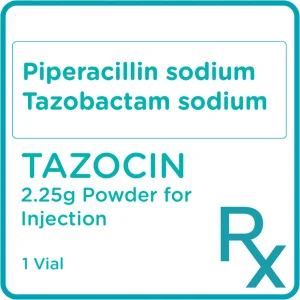
The most common treatment for appendicitis is surgery to remove the appendix. In most cases, the appendix is removed through a small incision in the lower abdomen.
Open surgery can be used to remove the appendix, requiring a single abdominal incision that is between 2 and 4 inches long (laparotomy); Or a few minor abdominal incisions might be used to perform the procedure (laparoscopic surgery). In order to remove your appendix during a laparoscopic appendectomy, the surgeon inserts specialized surgical instruments and a camera into your abdomen.
In general, laparoscopic surgery enables you to heal more quickly and with less pain and scars. For older persons and obese individuals, it might be preferable.
If an abscess has developed around your ruptured appendix and needs to be drained, a tube can be inserted through your skin and into the abscess. After the infection has been controlled for a few weeks, an appendectomy can be done.

If antibiotics are prescribed, they will help to clear the infection that is causing your pain. Antibiotics can also cause side effects, such as diarrhea and abdominal cramps.
If appendicitis is suspected, it’s important to seek medical attention as soon as possible. The earlier the infection is diagnosed and treated, the better the prognosis.
Here are some of the antibiotics treatment for appendicitis:
- ampicillin and sulbactam
- cefepime
- cefotaxime
- cefotetan
- ceftriaxone
- clindamycin
- ertapenem
- gentamicin
- levofloxacin
- meropenem
- metronidazole
- piperacillin and tazobactam
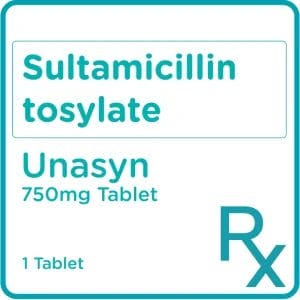
What Are The Possible Home Remedies For Appendicitis?
After an appendectomy, you should expect to recover for a few weeks or longer if your appendix burst. To aid your body’s recovery:
1. Start out by avoiding heavy exertion.
For three to five days, minimize your activities if your appendectomy was performed laparoscopically. For 10 to 14 days, you should avoid strenuous activities if you underwent an open appendectomy. Always ask your doctor in the Philippines about activity restrictions and when you may get back to your regular routine after surgery.
2. In the event that your painkillers aren’t working, contact your Filipino doctor.
Your body experiences additional stress when you’re in pain, which slows the healing process. Call your doctor in the Philippines if you’re still experiencing pain despite taking painkillers.
3. When you cough, keep your abdomen supported.
Before you cough, laugh, or move, place a cushion over your abdomen and apply pressure to help with pain relief.
4. When you’re prepared, stand and walk.
Start out softly and build up your exercise as you feel capable. Begin with short strolls.
5. When fatigued, go to bed.
You can experience increased sleepiness as your body repairs. Rest when you need, and take it easy.
6. Talk with your Filipino doctor about going back to work or school.
As soon as you feel ready, you can resume your task. Less than a week following surgery, kids might be able to return to school. Before returning to demanding activities, like sports or gym classes, they should wait two to four weeks.
After your appendectomy, your Filipino doctor will prescribe medicine to help you manage your pain. When combined with your prescriptions, several complementary and alternative treatments can aid with pain management. Consult your physician about secure options, such as distracting activities that help you forget about your pain, such as listening to music and chatting with friends. With kids, distraction can be especially useful; or guided imagery, like closing your eyes and daydreaming about a special location
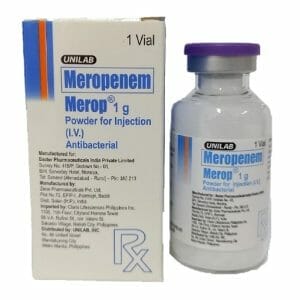
What Can I Do To Prevent Appendicitis?
If you experience any of the appendicitis symptoms above this article, it’s important to see a Filipino doctor immediately. However, Filipinos can prevent appendicitis by doing the following:
- Avoid eating heavy meals late at night.
- Drink plenty of fluids, especially water.
- Get plenty of exercises.
- Avoid over-the-counter medications and supplements that are known to cause appendicitis.
- If you experience pain in your lower stomach, seek medical attention immediately.
- Reduce stress levels by avoiding smoking, excessive drinking, and constant physical activity.
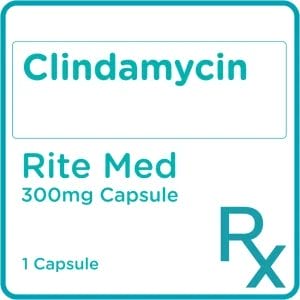
What Kind Of Exercise Should I Do To Prevent Appendicitis?
There is no one type of exercise that is guaranteed to prevent appendicitis, but experts recommend getting plenty of moderate exercise as one way to lower your risk.
Some research suggests that too much strenuous exercise may actually increase the risk of appendicitis, so it’s important to strike a balance. moderate exercise means activities like brisk walking, swimming, and light biking.
Everyone’s definition of moderate will be different, so it’s important to listen to your body and not push yourself too hard. If you’re not sure how much exercise is right for you, talk to your Filipino doctor.
If you experience any of appendicitis symptoms above this article, it’s important to see a Filipino doctor immediately
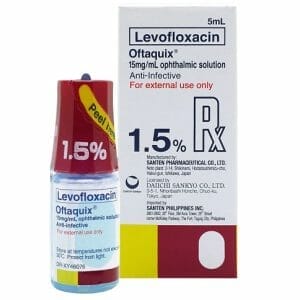
Takeaway: Appendicitis Symptoms, Causes, and Treatments for Filipinos
These are some common signs of appendicitis, as well as frequently asked questions. If you experience any of these signs, contact your doctor in the Philippines immediately.
Resources: Appendicitis Symptoms, Causes, and Treatments for Filipinos
- Appendicitis – Diagnosis and treatment – Mayo Clinic
- Antibiotics for appendicitis: Study findings finalized – University of Washington
- Treatment – Appendicitis – NHS
- Antibiotic therapy for acute appendicitis in adults. Fewer immediate complications than with surgery, but more subsequent failures – National Library of Medicine
- Treating appendicitis with antibiotics instead of surgery may be good option for some, but not all, patients – Vanderbilt University Medical Center
- Appendicitis Symptoms, Tests, Treatment & Prevention – Cleveland Clinic
- Symptoms & Causes of Appendicitis | NIDDK
- Appendix Pain? See Your Doctor Right Away – Cleveland Clinic
- Appendicitis | Johns Hopkins Medicine
- Appendicitis – symptoms, treatments and causes – Healthdirect
- Appendicitis (for Parents) – Nemours KidsHealth
- Appendicitis – symptoms, causes and treatment – Southern Cross
- Appendicitis – Digestive Disorders – MSD Manuals
Disclaimer: Appendicitis Symptoms, Causes, and Treatments for Filipinos
This website is intended to educate both members of the general public and those working in the medical field on the prevalence, causes, and methods for preventing, diagnosing, and treating diseases that affect people throughout their lives. This website’s content is provided solely for informational reasons and is not meant to serve as a substitute for the advice of a qualified medical practitioner.



